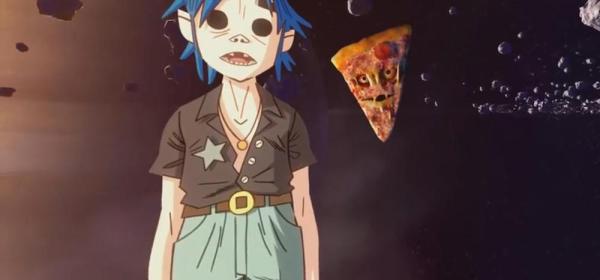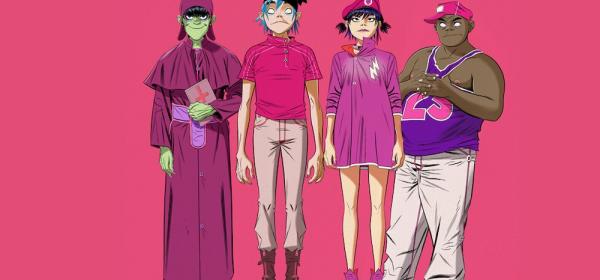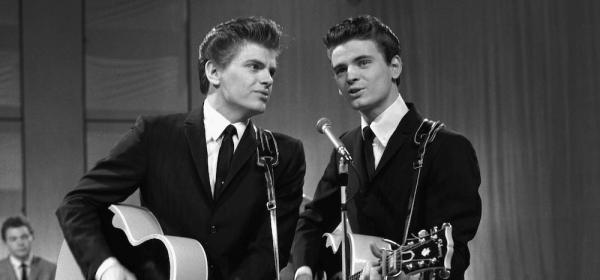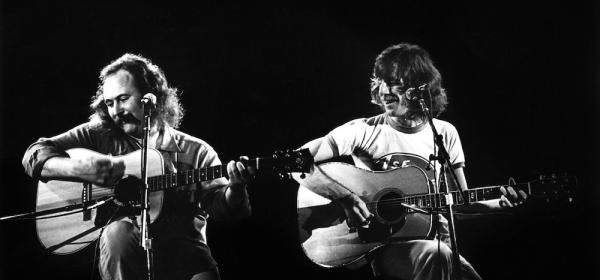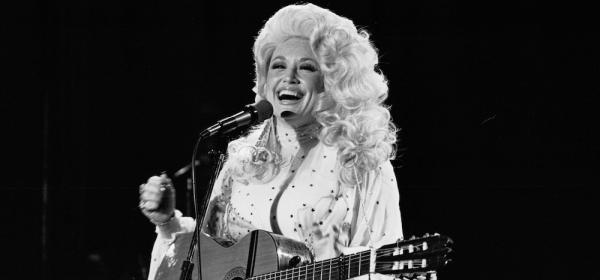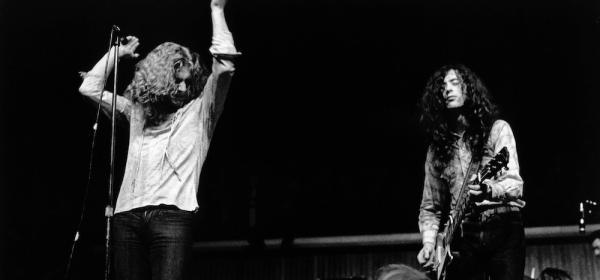On the face of it, The Monkees’ formation was purely commercial: in the wake of Beatlemania, a pair of canny US Svengalis hatched a lucrative plot to cash in on the global teen desire for loveable pop urchins. Extending the idea The Beatles themselves had mined with their film debut A Hard Day’s Night, producers Bob Rafelson and Bert Schneider envisioned their musical scamps would be marketed via a lively TV show – think Gilligan’s Island with less coconuts and more catchy tunes.
Like the life cycle of a damsel fly, The Monkees experienced an extremely swift rise and fall. The show began filming in May 1966, it was on air by September and the fabricated band had its first chart-topper (Last Train To Clarksville) by November. Such a velocity couldn’t last, with the show axed less than two years later and the hits grinding to a halt. Even so, The Monkees’ phenomenon has proved incredibly enduring and influential for all sorts of reasons.
Behold, a short list of the things we can thank The Monkees for...
Neil Diamond
Without The Monkees as a musical jump-off point, would Neil Diamond have ever risen to the position of one of the 1970s’ best-selling musicians? Even today, your average Neil Diamond greatest hits package will include I’m A Believer and A Little Bit Me, A Little Bit You – just two of his tunes initially finding success as Monkees singles.
While they later lobbied to record their own songs and play their own instruments, initial Monkees hits were bashed out by Brill Building songwriters in the musical equivalent of a battery hen farm. Diamond and fellow Brill musicians such as Gerry Goffin, Carole King and Neil Sedaka would collaboratively craft golden pop songs for The Monkees and other hit-makers of the era. An afternoon’s work would routinely end up delivering a million-seller - and a radio staple for decades to come.
Gorillaz
Their music output might be dissimilar, but The Monkees and Gorillaz share similar behind-the-scenes machinations. It has been claimed in 1968 The Monkees refused to record a new tune called Sugar Sugar, so their musical supervisor Don Kirschner opted to create the cartoon band The Archies – a band that could never say no to him again.
If The Monkees were manufactured, The Archies took it to a whole new dimension (or perhaps one less dimension, being thoroughly 2D). While the truth around The Monkees being offered the song is still debated, the popularity of Sugar Sugar is undeniable – it was the number one single of 1969 and has since sold more than a million copies.
When UK Britpop star Damon Albarn grew tired of fronting Blur and wanted to create a new musical vehicle free of intra-band rivalry, egos and creative differences, he and his artist mate Jamie Hewlett created the cartoon group Gorillaz. Similarities between both bands go beyond their names both being a misspelling of an evolutionary forefather; Gorillaz’ wildly creative back-story often ‘aped’ The Monkees’ own attempts to break free of their musical constraints. Gorillaz’ titular acknowledgement of The Monkees’ status is just one of the group’s many winking nods to pop culture touchstones.
Jack Nicholson
What entry in Rolling Stone’s Top 25 Soundtracks Of All Time features a songwriting credit for Hollywood icon Jack Nicholson? Why, that would be the soundtrack to The Monkees’ cult favourite Head.
Despite hits galore, by 1968 the band was sick of playing the roles of affable pop funsters. Deciding to off their public guise via a tripped out their film debut, it was an unknown actor and writer named Jack Nicholson tasked as hangman. Co-penning Head’s psychedelic screenplay and appearing in the film with his future Easy Rider compadre Dennis Hopper, Nicholson’s career soon eclipsed that of his Monkees mates. Even so, he still held a place in his heart for the cinematic flop, which made a paltry $16,111 on its initial release.
"I saw it 1001 times and I loved it,” Nicholson said. “It was the best rock and roll picture ever made because it was the anti-rock and roll." Nowadays a cult favourite, even Hollywood auteur Quentin Tarantino has praised the film.

Liquid Paper
Typist Bette Graham invented Liquid Paper – then known as Mistake Out – in her kitchen in 1951, but without her son Michael Nesmith, future Monkees guitarist, Liquid Paper might never have become a global phenomenon.
It was Michael’s chemistry teacher who made some improvements to the Mistake Out formula, with Michael also on hand to help his mother as she sold the product from her home for more than a decade. The company began turning a tidy profit around 1968, with Nesmith inheriting half of his mother’s US$50 million estate upon her death in 1980.
History books have failed to record whether she ever tried using Mistake Out to adjust the spelling of ‘Monkees’ to ‘Monkeys’.

TV Show Bands
Such was the apparent ease with which The Monkees took over the globe’s radio and television stations in 1966, it’s little wonder various attempts have been made to shoehorn existing bands into a similar format in the ensuing decades.
Crowded House were fleetingly considered as The Monkees’ 1980s prime-time successors thanks to their vibrant and routinely hilarious live show, while Take That also had talks with the BBC for a “wacky sitcom along the lines of The Monkees”. Even more interesting is the fact none other than Steven Spielberg once pitched a Monkees-style show to Oxford trio Supergrass on the back of their hyper-zany Alright music video.
Despite ongoing attempts, it could be argued the closest to capturing The Monkees’ lightning-in-a-bottle music/TV duality to date have been S Club 7, The Partridge Family and The Banana Splits. Imitation might be the sincerest form of flattery, but none of these third-tier acts have come close to a timeless tune like Daydream Believer…
Good Times!, The Monkees’ new studio album featuring contributions written by Rivers Cuomo, Andy Partridge and Ben Gibbard, is released through Rhino on May 27.




